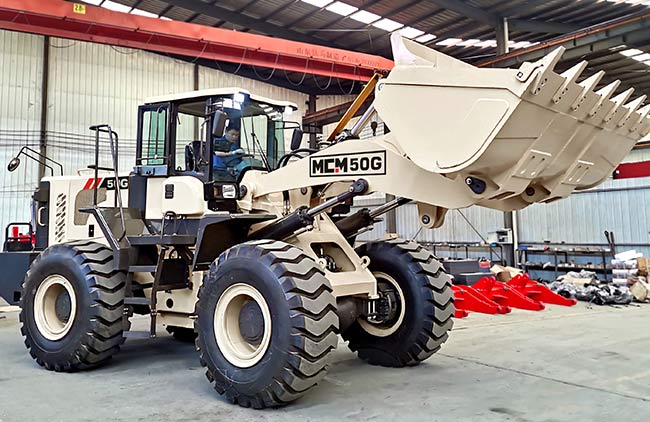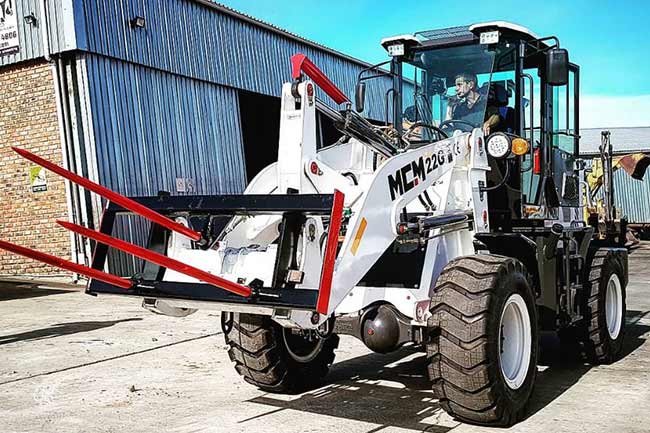Besides operating skill, a wheel loader operator should be competent in daily maintenance. Not only does daily maintenance help extend your machine life and increase the machine’s uptime, it also helps increase overall productivity. Approaching daily maintenance with the same diligence as you do your other daily routines will help develop good habits that will eventually become standard work.
It helps to setup a maintenance schedule for each machine. Once a wheel loader maintenance routine is established, and enforced, the advantages will be well worth it. We recommend performing daily maintenance/inspection at four key times: before starting the machine, during machine warmup, during operation and during machine shutdown.
1. Prestart Checks
A walkaround inspection before startup helps to determine if there are any damaged, loose or worn parts, fluid leaks or other problems. It’s a good idea to use a checklist. Some key items to check include:
- Tyres,
- Test brakes,
- Loose, worn or damaged parts,
- Oil or coolant leaks,
- Engine oil and other vital fluid levels,
- Clean air filtration system,
- Fan belt wear and tension,
- Battery connections for corrosion,
- Grease the machine regularly according to the Maintenance Manual,
- Check mirrors, warning lights, operator lights, indicator lights, clean windows
2. Warm Up
Let the engine run for 5-10 minutes with startup, even if in hot weather. This allows the oil pressure to build up, and lubricate the engine’s moving parts. It also enables the cooling system to reach ideal operating temperature. If you hear anything unusual during engine warm up, shut down immediately and find the problem.
After the warm up, make sure the fuel tank is full and the fuel gauge is functioning. Also make sure the electric system is charging, and that oil pressure and temperature both show to be fine. As a final step before starting work, test the brakes and operate the bucket through a series of normal operations.
3. During Operation
During operation, continually monitor equipment performance. Always listen for unusual noises, check all gauges and be aware of any changes that may appear on the operator’s display. Not exceeding recommended bucket capacity eliminates overloading the machine, helps control spillage and minimizes tyre damage.
Forcing too much into the bucket can result in tyre damage, slower cycle times, less effective production and higher fuel consumption.
4. Shutdown Time
- It is recommended to always store the machine on flat & safe terrain,
- Lower the bucket or attachment to the ground,
- Apply the parking brake/emergency brake,
- Allow the engine to idle for 5 minutes,
- Ensure the operator station is free from clutter & excessive dirt,
- If possible, hose down any dirt & debris on the exterior,
- Check that fuel and hydraulic tanks are filled as appropriate,
- Do a quick walkaround inspection.












